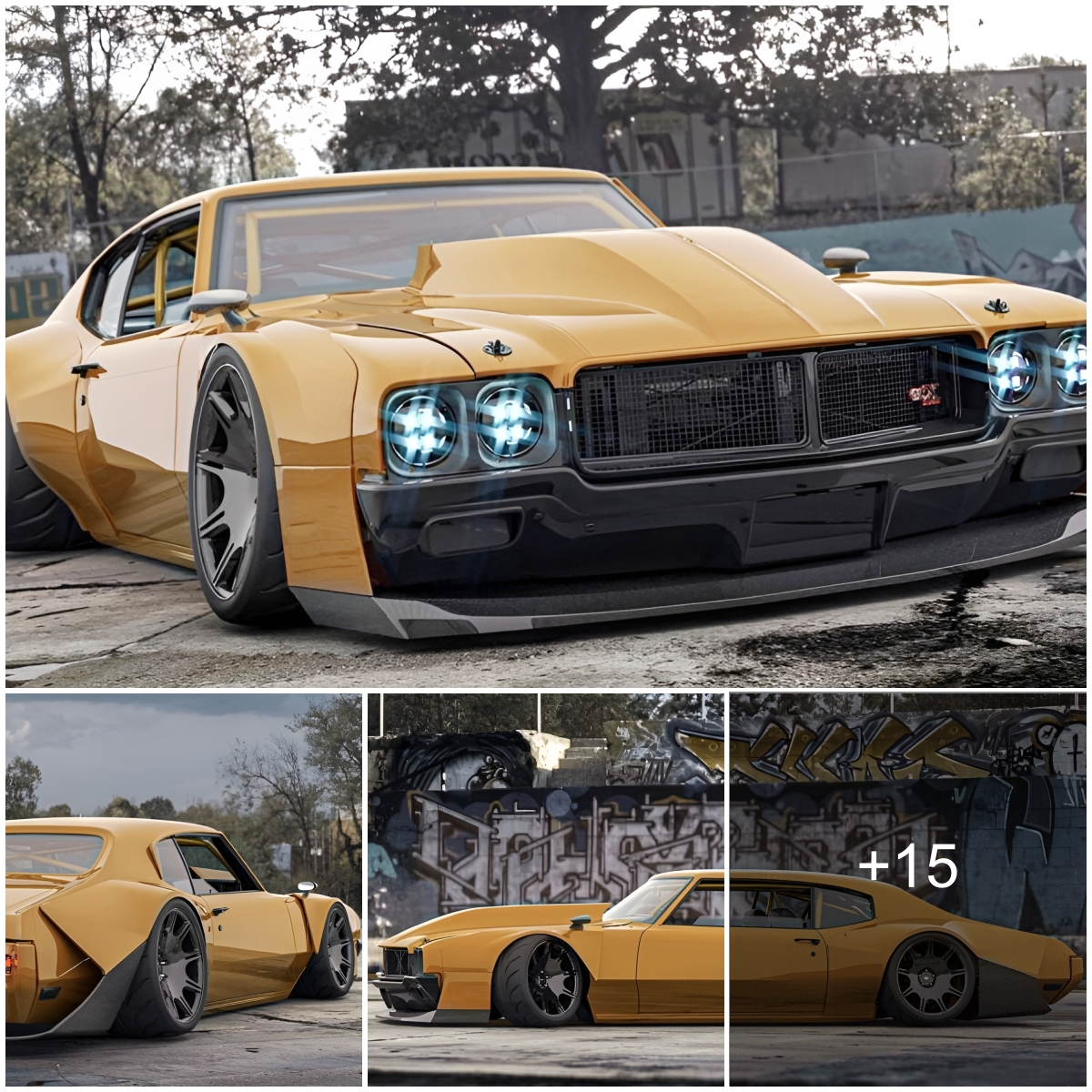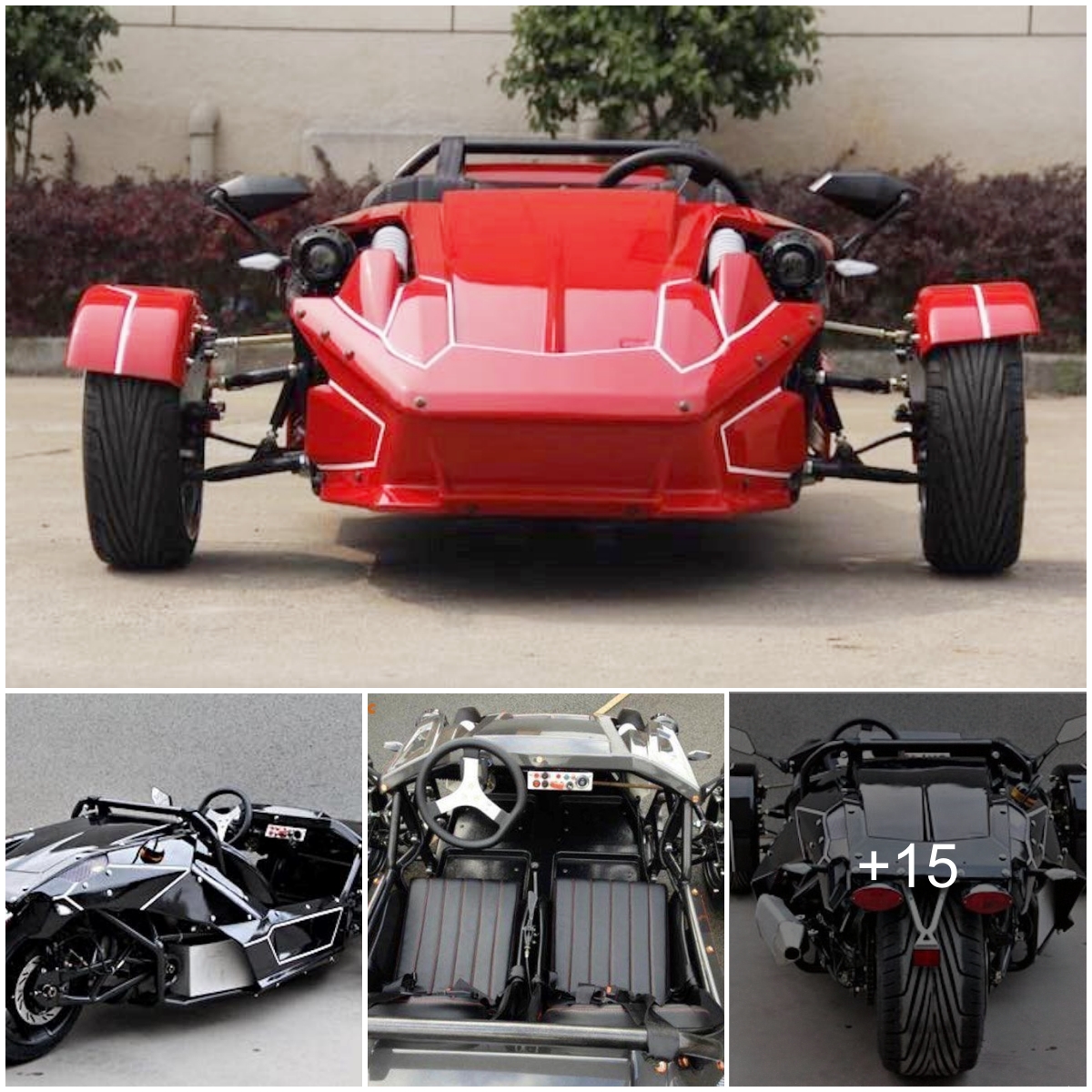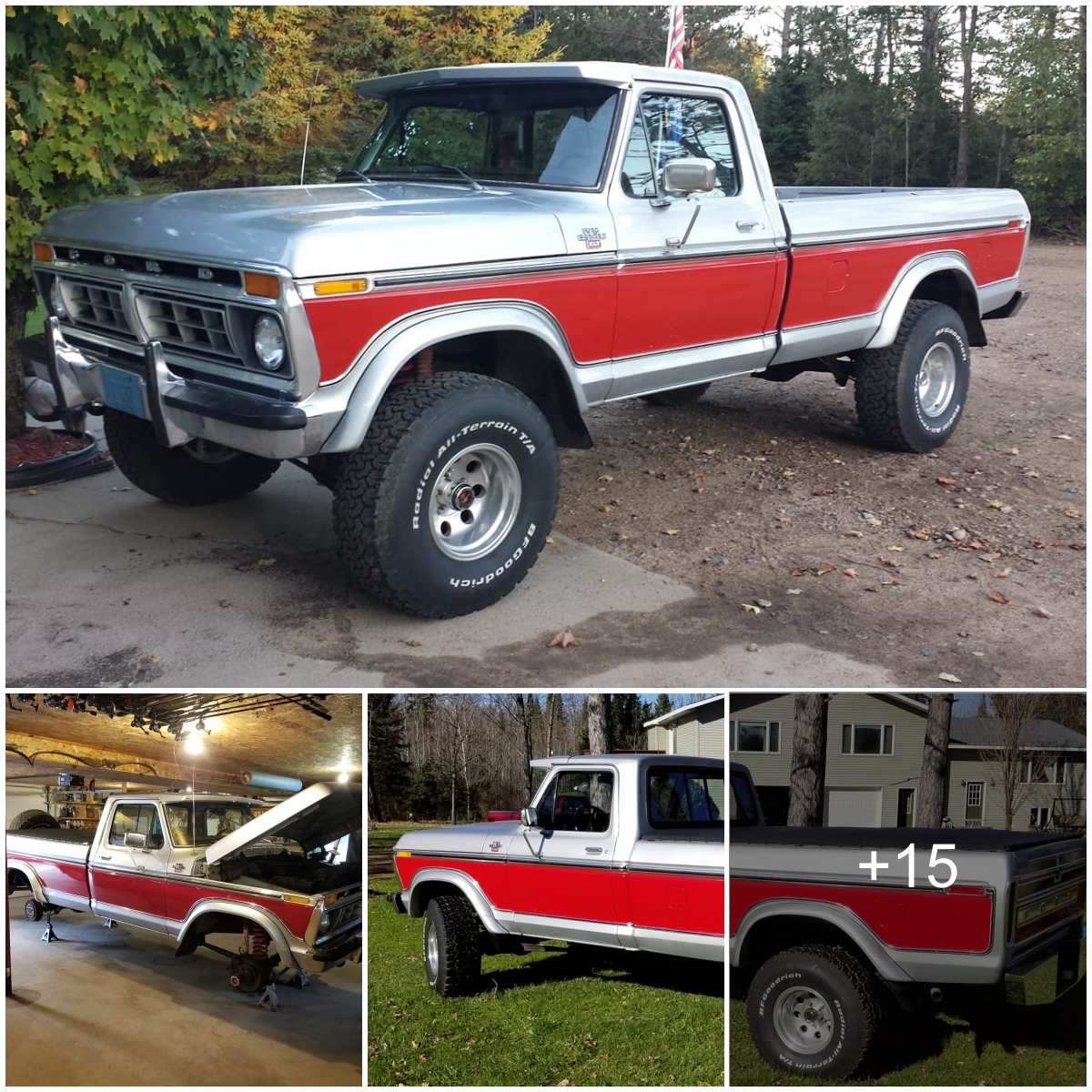Market pressures led Flint to play catch-up in the mid-priced field
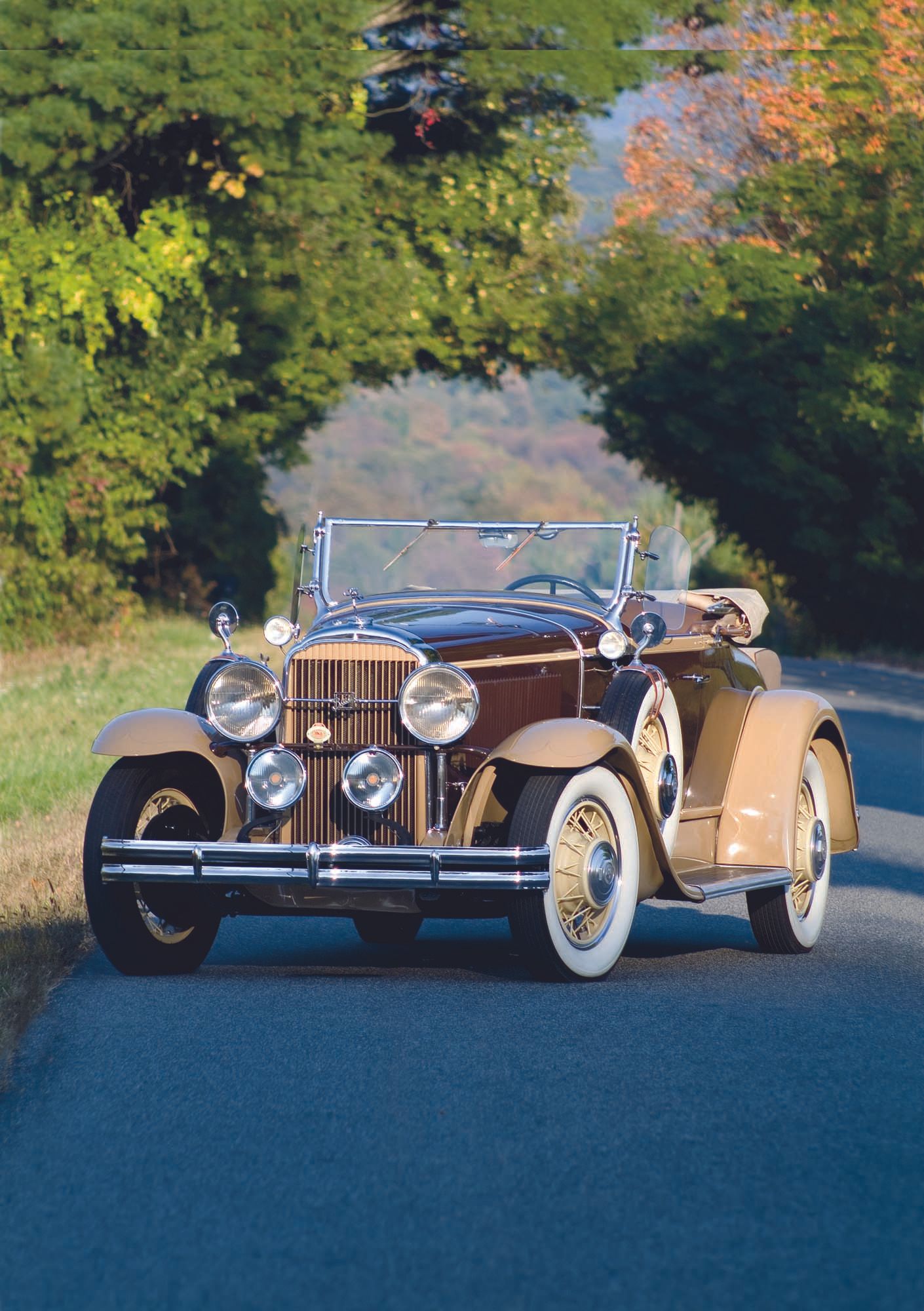
Classics
Studebaker had one. So did Nash, Auburn, De Soto, and Dodge. In fact, more than 20 automakers were offering an eight-cylinder in a mid-priced car by 1930. Buick wasn’t among them, but it was about to catch up in a big way.
For 1931, Buick raised the curtain on a lineup featuring no fewer than three different straight-eight engines, including the 220.7-cu.in. for the new entry-level Series 50, the 272.6-cu.in. for the Series 60 seen here, and the 344.8-cu.in. for the new senior Series 80 and Series 90. By design, these engines shared three characteristics: They were no longer than the straight-sixes they replaced, they shared no parts, and they incorporated overhead valves—a Buick hallmark since its launch in 1903—giving them an edge over the more common flatheads.
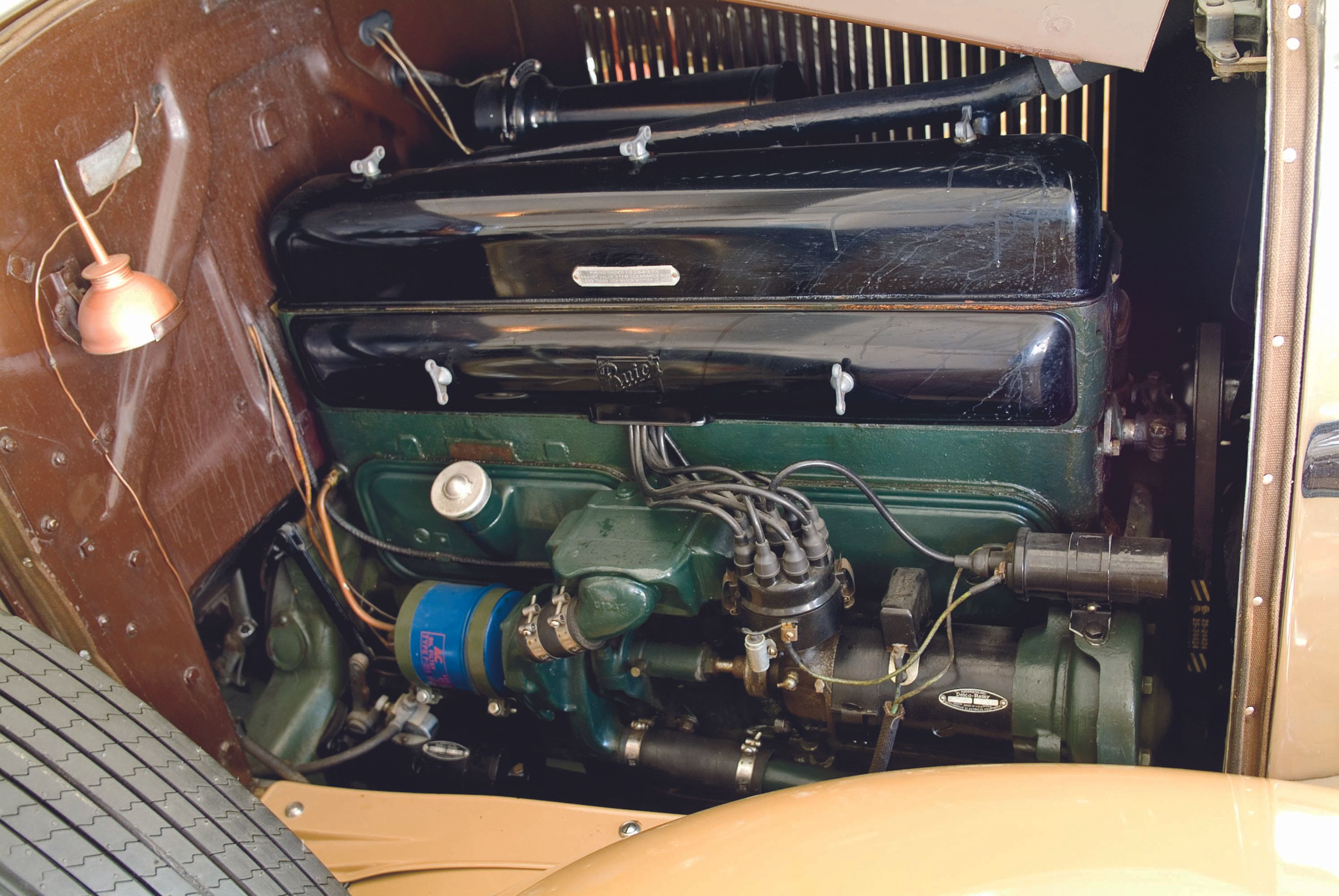
Buick’s move was a reaction to market pressure. By 1929, buyers had begun to expect eight-cylinder power in a moderately priced car, especially after Chevrolet introduced its “stovebolt” six. Buick was facing skidding sales, too, despite 1929 being a banner year for the auto industry. The task of designing the new engines was given to John Dolza, who had previously conducted an analytical report on some of the best eight-cylinder engines then in production.
Conservative management wanted the new eights to be no longer than the sixes they would replace, giving them the option of reversing course if things went south. This constrained the new designs more than they might have expected. Dolza and his team had to use crankshaft bearings that were narrower than ideal, which resulted in bearing failures when the oil became too hot. The remedy was an “oil temperature regulator,” which could both cool hot oil and warm cold oil. No other U.S. automaker used one.
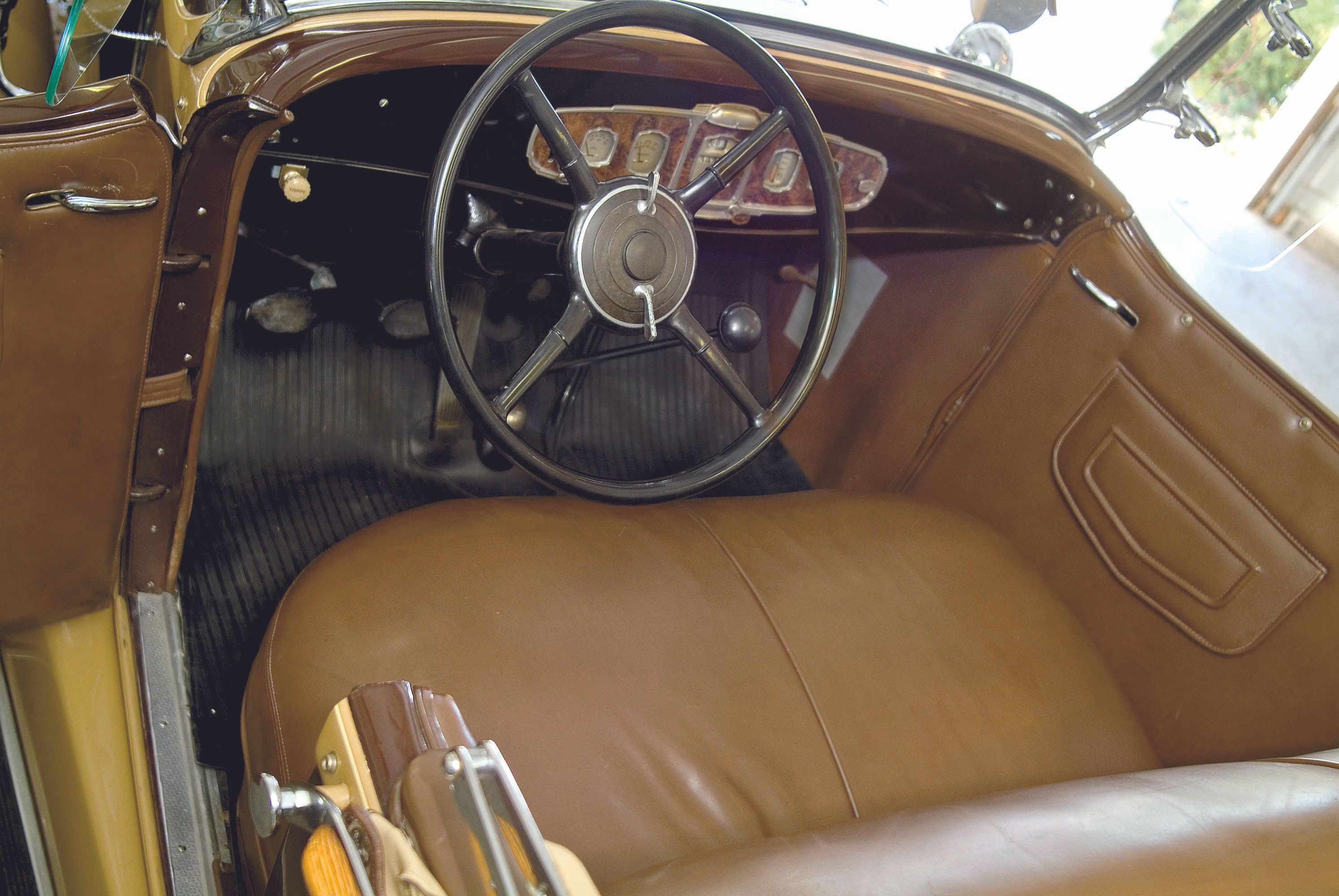
Photo: David Traver Adolphus
The engines weren’t all that was new for 1931. Buick abandoned its multi-disc clutch setup, using a single dry disc on the lower series (50 and 60) and two discs on the senior series (80 and 90). It sent power to a three-speed synchromesh transmission designed and built by Buick. The chassis was redesigned for 1931, and the brakes, though still operated by cables, were improved. Thermostatically controlled radiator shutters, normally a feature of more expensive cars, were incorporated as part of the effort to control oil temperatures. The Series 50 was new to the lineup, replacing the one-year-only Marquette, while the Series 80 and 90 took the Series 60’s place at the top of the line.
For all this change, Buick kept its cars’ external appearance virtually the same. Even Buick fans have a hard time telling a 1931 eight from a ’30 six; the easiest way, aside from lifting the hood, is to look for the numeral 8 on the radiator cap. There were no fewer than 24 models offered, including the Series 60 two-door sport roadster seen here, known in factory parlance as an 8-64. Just 1,050 of these were built, making it one of the rarer models; the most popular of the Series 60s that year was the five-passenger sedan, with 30,665 produced.
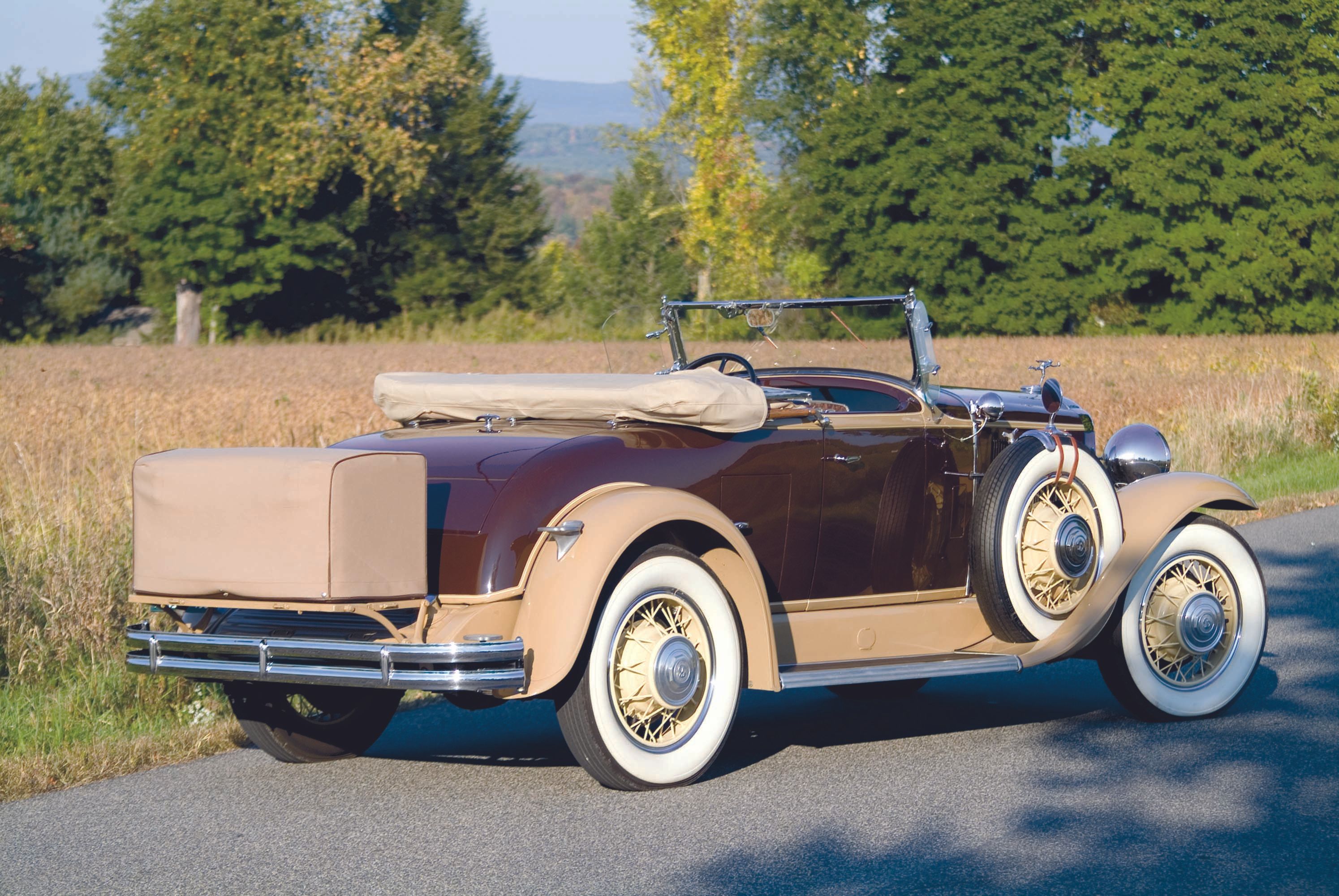
Photo: David Traver Adolphus
The new eights didn’t result in a sales rebound for Buick, but then again, the entire industry was having a bad year in 1931, as the Great Depression deepened. Production totaled 138,965 for the extended July 1930-January 1932 run, a dip of 24 percent from the 1930 model year. Critics tied Buick’s troubles to two mistakes made in the late 1920s: the styling of the 1929 models, with their slight bulge along the beltline, and the introduction of the Marquette, which lacked overhead valves and torque-tube drive, both of which were expected Buick virtues.
If you’re considering putting one of these handsome, solidly built straight-eights in your garage, you shouldn’t have a hard time tracking one down. Over the past three years, 20 have been offered for sale at hemmings.com, with asking prices of $9,800 to $89,500. We found five listed for sale as of this writing, including the Series 60 sport roadster pictured above, which was advertised for $64,999. Closed cars can be a bargain; a Series 60 sedan sold for $20,900 at auction in January 2023.
Specifications
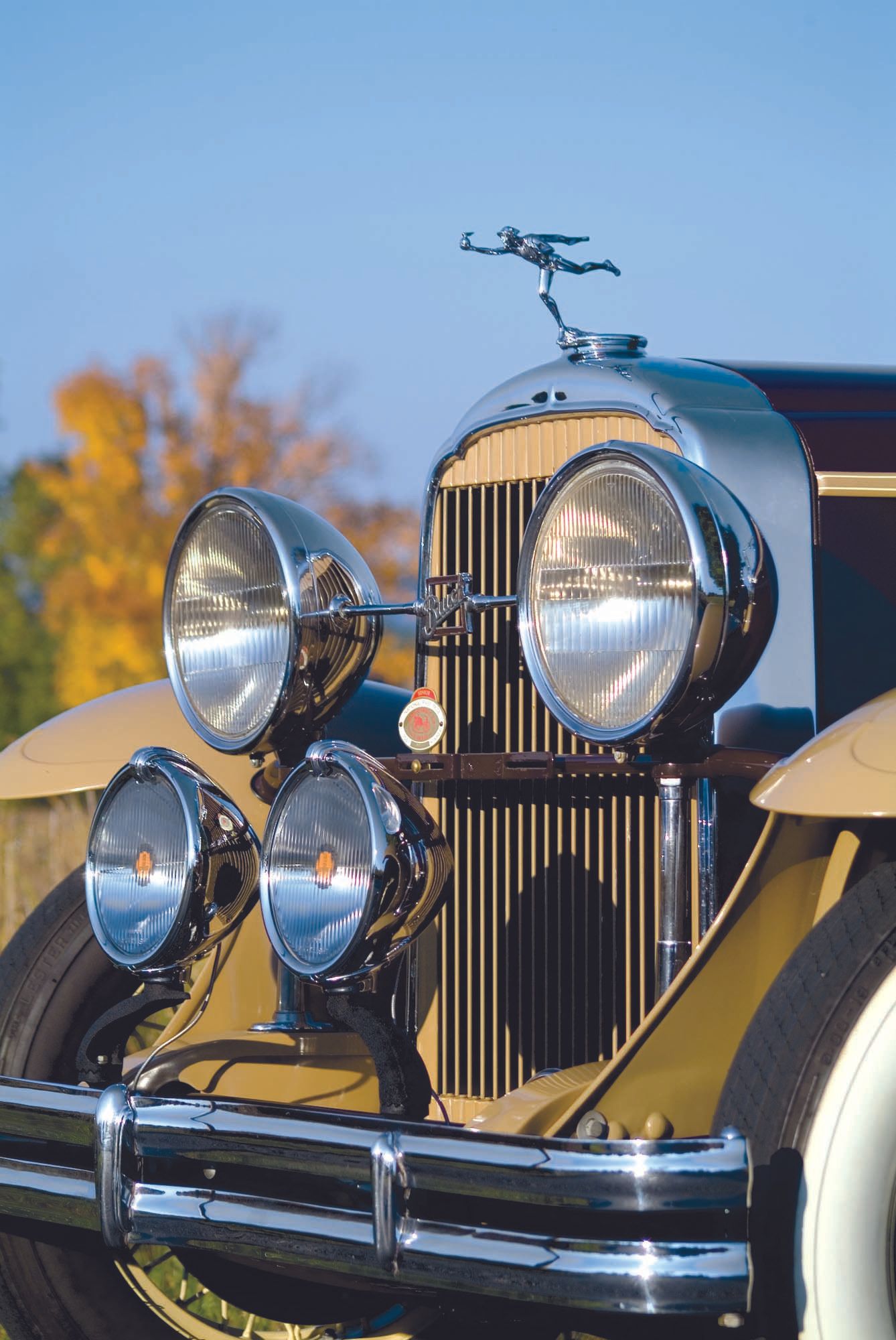
Photo: David Traver Adolphus
Engine
- OHV straight-eight, 272.6-cu.in., two-barrel Marvel updraft carburetor
- 90 hp at 3,000 rpm
- 200 lb-ft at 1,600 rpm
Transmission
- Three-speed manual with synchromesh
Suspension
- Solid axle, semi-elliptical longitudinal springs, double-acting Lovejoy hydraulic shocks
Brakes
- Four-wheel mechanical drums
Wheelbase
- 118 inches
Curb Weight
- 3,465 pounds
- $1,335 ($26,965 in 2023 dollars)

As of this writing, at least 32 car dealerships across New Jersey and Georgia have allegedly been found guilty of printing fraudulent paper licenses after a third-party investigation determined that the locations violated temporary registration rules. Each dealership is reportedly being shut down, and the dealers have either had their licenses suspended or revoked entirely. Others are facing further criminal investigations.
Temporary tag fraud is a serious issue that spans the entire country, often supported by dealers that will fraudulently print paper tags for a fee. The fake temp registration tags can be used by drivers to extend the time between when they purchased a new vehicle and when they must pay to register the car and receive the proper metal tags, but that’s the best-case scenario. Fraudulent tags are also used by drivers who drive without insurance or legal registration, or to avoid tolls. Or, in the most extreme cases, the fake paper registration tags are used by criminals to commit more serious crimes without the possibility of being traced by a legitimate plate number.
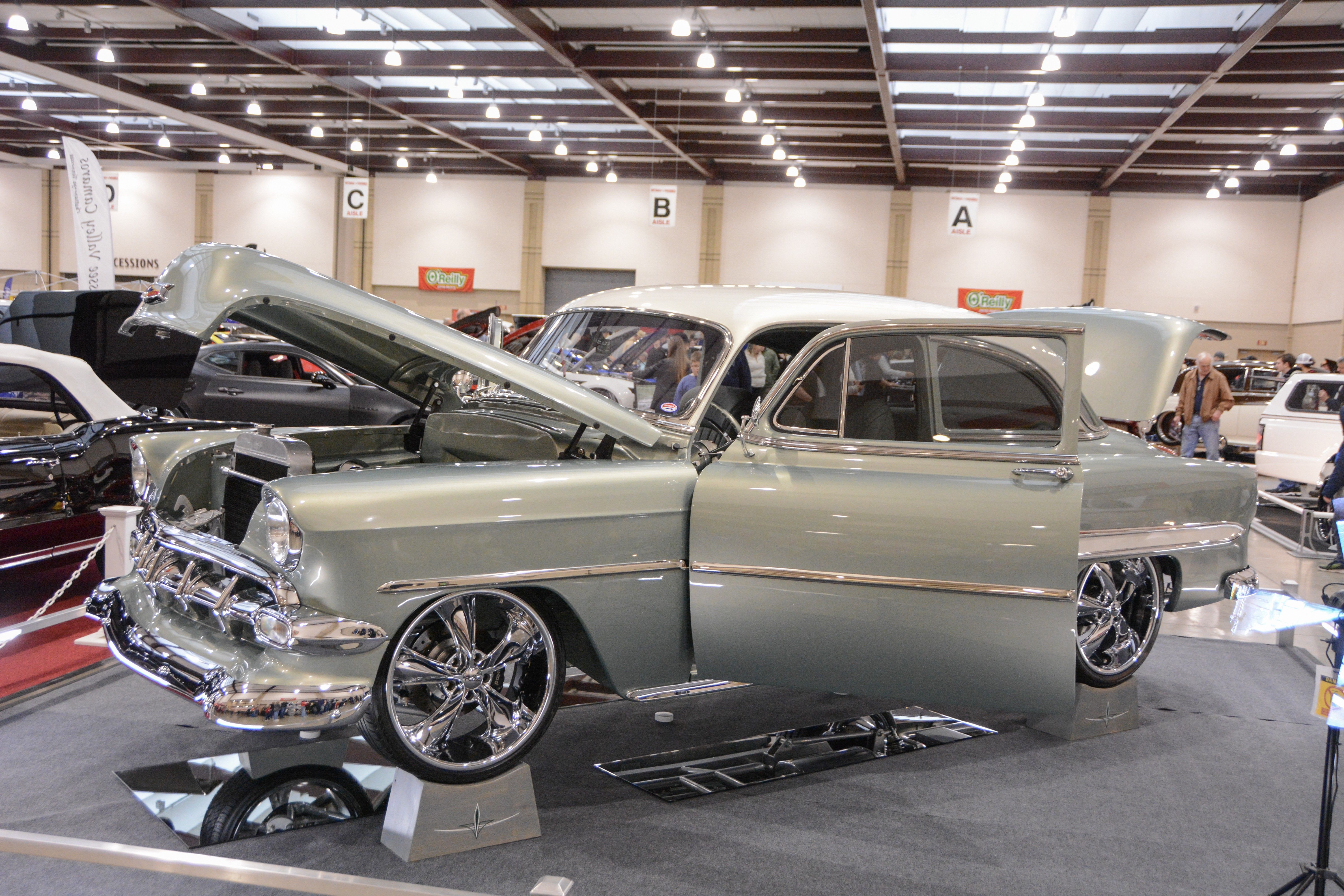
For more than 50 years, car enthusiasts have enjoyed the O’Reilly Auto Parts World of Wheels car show in Chattanooga, Tennessee. This event has great history and always brings out a nice selection of hot rods, customs, muscle cars, classic trucks and more. Local businesses support the event with sponsorship and vending opportunities, and of course, the event always features special celebrity guests to draw an even bigger crowd of spectators.
For 2024, the World of Wheels offered several classes of vehicles, with a variety of makes and models from the 1920’s through the modern era. In the muscle car world, the standouts were a Polar White 1970 Pontiac GTO Judge, an A12 Dodge Super Bee, and a Hemi-powered Dodge Daytona, but there were several notable restorations on hand. Mixed in with the muscle cars were a few Pro Street builds with towering superchargers and giant rear tires, and dozens of restomods that together provided show-goers with a multitude of ideas for their project car at home. World of Wheels events are always family friendly. Kids tickets were only $5 and there were lots of activities for young car enthusiasts, including Hot Wheels racing and special attractions.
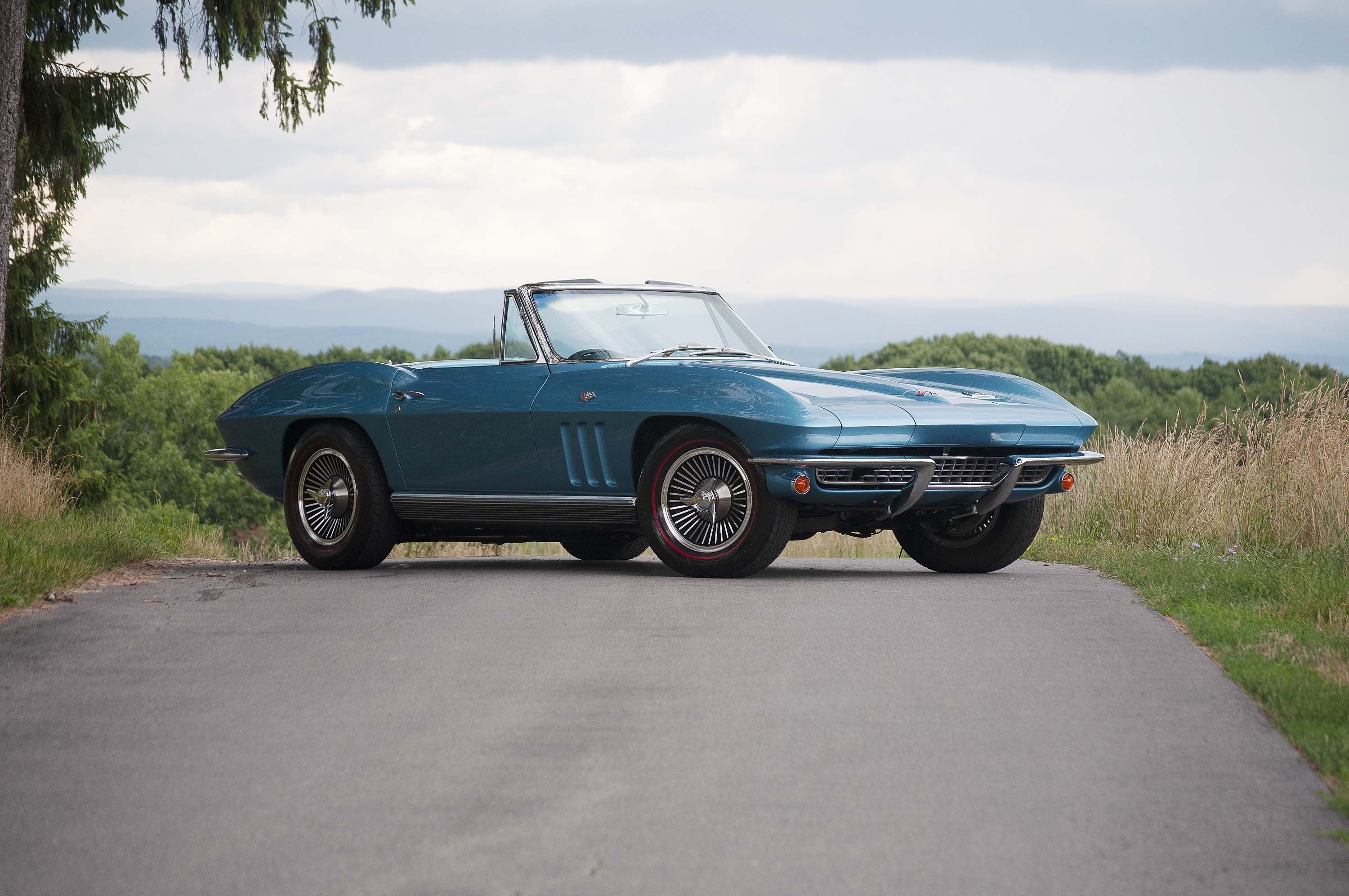
Over the years, Chevrolet’s Corvette has consistently delivered world-class performance and style, at a lower price of admission than its overseas rivals. The 1955-’62 Corvette was a sports car by definition—a great beginning—but “world-class” it wasn’t. That changed in 1963 with the introduction of the Sting Ray: a car that laid the groundwork for virtually every Corvette afterward. The original Corvette’s old-school, X-braced frame, kingpin front end, solid rear axle, and worm-and-sector-style steering were out. In their place came boxed, welded frame rails with ladder-type crossmembers, a ball-joint front end, a recirculating-ball steering box, and independent rear suspension. Eventually disc brakes and howling big-block engines upped the ante further.
A graceful-looking coupe body was also part of the lineup, kicked off by the one-year-only, and now legendary, split-window coupe. Styling across the board was thoroughly modern and proved to be timeless—the 1963-’67 Corvette is easily one of the most memorable Chevrolet automobile designs of all time.



